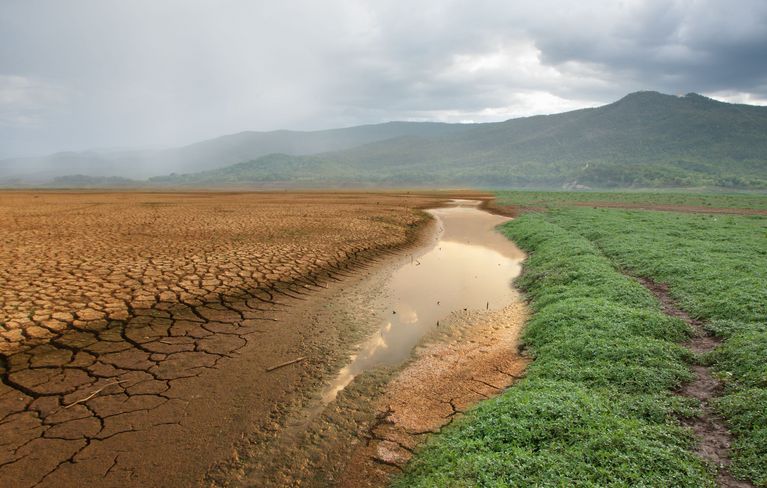
Landscapes of the Future -
Securing Terrestrial Ecosystems
and Freshwater Resources
under Natural Dynamics
and Global Change
About Topic 5
Mission:
The mission of Topic 5 is to develop pathways towards multifunctional landscapes which maintain functioning ecosystems, halt biodiversity loss, and provide fresh water, food, and habitable living spaces as essential resources for humans.
Our focus:
Future landscapes must sustainably deliver the many and diverse services demanded by society, even under intensifying pressures, while retaining their natural capacities to fulfill their vital role in the Earth system. Topic 5 concentrates on the interplay of human impacts and the natural dynamics of terrestrial landscapes. We study how individual parts of these complex systems influence each other, what the natural and socioeconomic drivers are, and how political decisions are made that affect the environment, whether positively or negatively. Only with this knowledge can we succeed in maintaining the balance between the various landscape functions. We aim to provide actionable knowledge and develop societal responses (e.g., governance mechanisms and policy options) for adaptation to climate change, halting biodiversity loss, sustainable agricultural policies, achieving freshwater security, and transforming cities as resilient human-natural systems.
T5 provides a unique platform for synthesizing pathways towards multifunctional landscapes of the future.
Recent Highlights | Structure | Subtopics | Participating Centers | Contact
Structure
Graphic Representation of Subtopics
© Helmholtz
Subtopics in detail
Impressions
GCEF, Bad Lauchstädt, UFZ © Stefan Michalski
Water point / child's hands © André Künzelmann/ UFZ
Corn plants © André Künzelmann (UFZ)
© UFZ/ André Künzelmann
The Visualization Center TESSIN VISLab (Vislab) allows scientists with different backgrounds to explore and analyse complex and heterogeneous spatial data sets. © André Künzelmann / UFZ
Carina Landerer (UFZ) beim Tracking mit dem PAM-Sensor. Der Personal Air Monitoring-Sensor wird benutzt, um die individuellen Umweltbelastungen, die auf Fahrradfahrende in der Stadt wirken, zu messen - unter anderem die Feinstaubpartikelbelastung, die Temperatur und die Lärmbelastung. © André Künzelmann / UFZ
Santiago de Chile © André Künzelmann/ UFZ